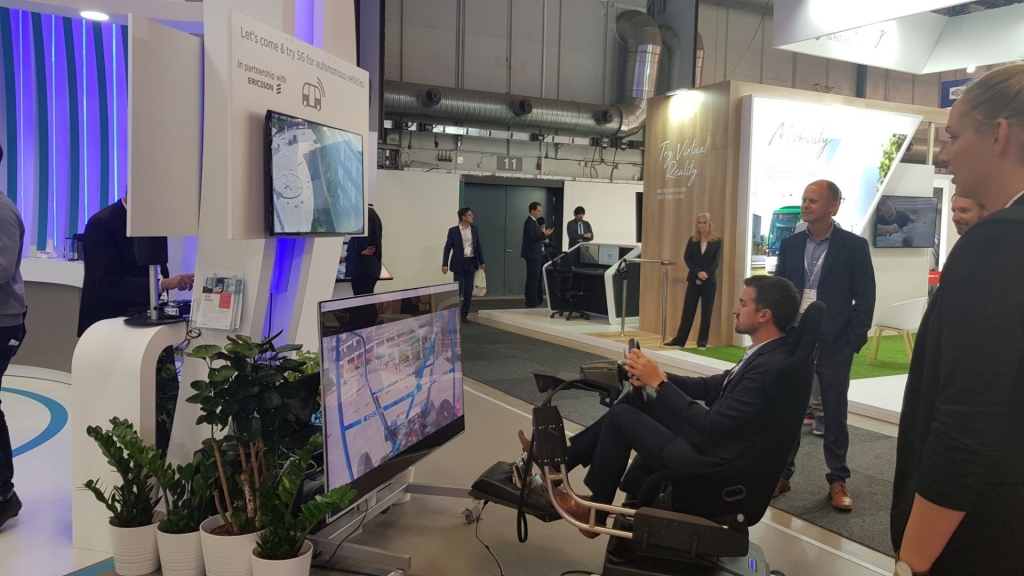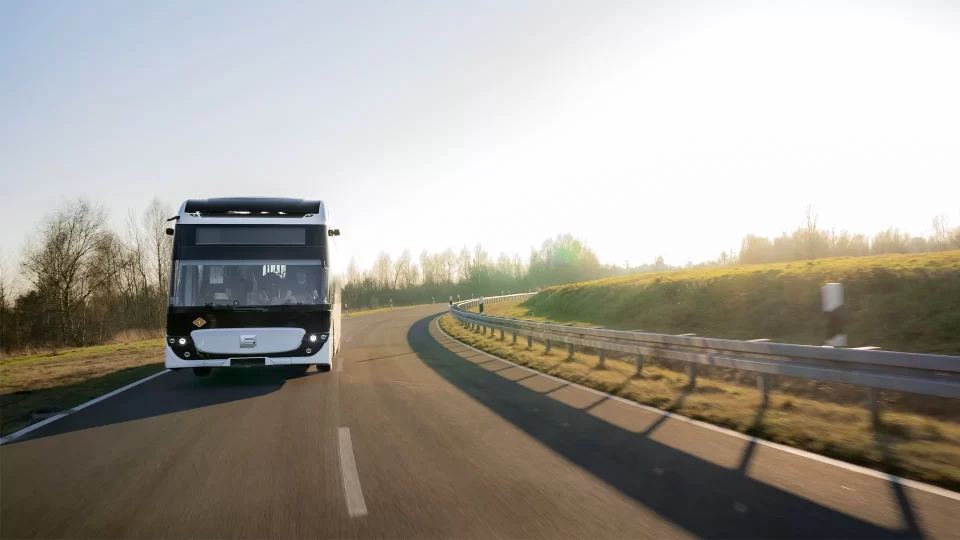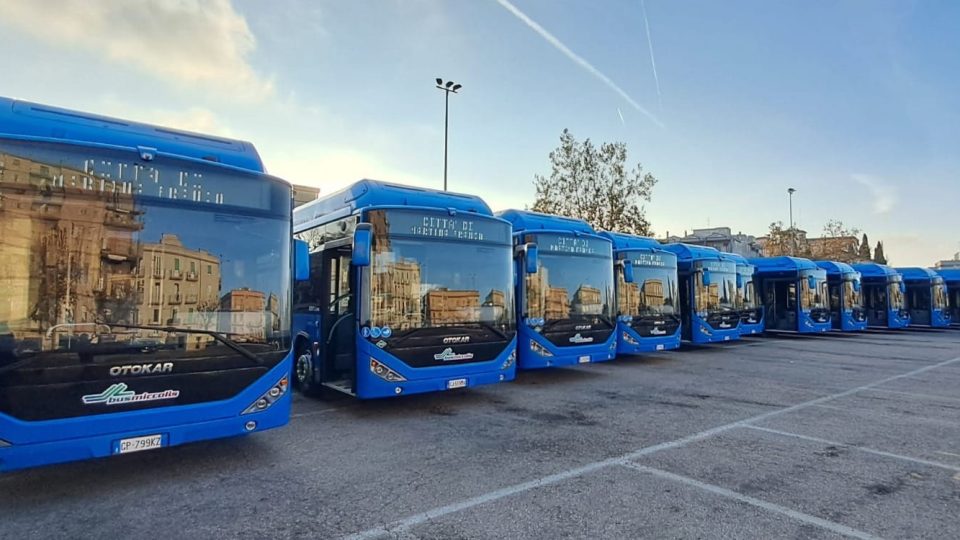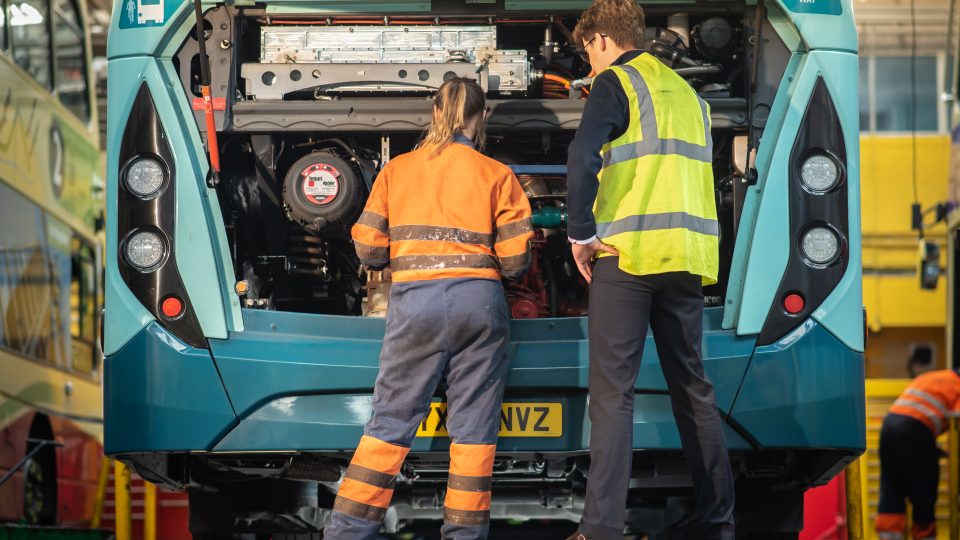The trend towards ebuses and the concept of ‘shared mobility’. Interview with Bernard Tabary, Keolis international CEO
65,000 employees, 16 countries, a dozen modes of transport operated including bike and car sharing. Keolis is one of the world’s leading public transport groups. Although it prefers to define itself a ‘shared mobility’ operator. In this talk with Sustainable Bus, Keolis’ International CEO Bernard Tabary outlines the group’s activities and vision for the future […]
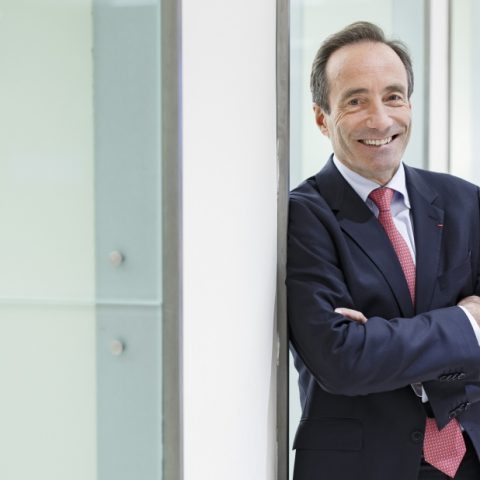
65,000 employees, 16 countries, a dozen modes of transport operated including bike and car sharing. Keolis is one of the world’s leading public transport groups. Although it prefers to define itself a ‘shared mobility’ operator.
In this talk with Sustainable Bus, Keolis’ International CEO Bernard Tabary outlines the group’s activities and vision for the future of urban mobility. A field that is being radically transformed by global trends such as energy transition and the improvements of digital technology. No surprise, in this regard, that Keolis took the chance of UITP Summit in Stockholm to show how 5G technology can be used to control driverless vehicles remotely.
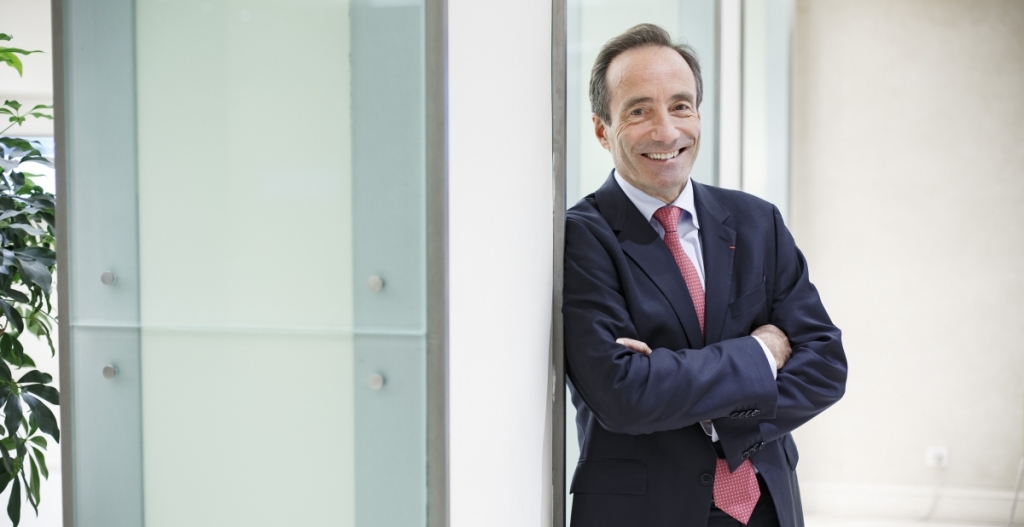
May you provide a overview of Keolis group?
«Keolis is an international public transport operator. We are present in 300 cities in 16 countries. 55% of our activities is in France, 45% is outside France. We operate many modes: we call ourselves ‘passenger centric’. We operate 22,000 buses but also train, metros, tramways, bycicles. Our business is the business of mobility and enhancing mobility. 45 per cent of our activity, overall, comes from buses. In Europe the share is even higher: 75 to 80 per cent. It’s an historical mode, very important for us».
Keolis defines itself not as ‘public transport operator’ but as ‘shared mobility’ operator. May you be more specific on this point?
«It is very tempting, when you operate one mode, to believe that everything rotates around that mode. But all our studies show that, on public transport networks around the world, the people move on average on 1.7 – 2 modes per trip. When we say ‘shared mobility’ we mean that mobility should be a balance of modes: foot, buses, trains, trams, cars… We are not enemy of the cars, we see cars being a complement. We do operate taxis. What we are trying to do is to minimize the use of individual cars. Cars take lot of space, a lot of resources. The concept of shared mobility aims to see the global picture of mobility».
The city bus in the collective imaginery is a quite old fashonable means of transportation. With the transition to electric drive, according to experts, high capacity buses on dedicated lines could replace light rail and tram network (recently Amiens Métropole and Keolis launched a BRT operated through 43 ebuses). How do you see this kind of development?
«I think BRTs are currently a strong and good reality. In cities where they are operating, they brought excellent solutions. Let’s see South America, Bogotà and Buenos Aires for instance. They surely will be enhanced in comfort, in environmental impact, in capacity, with e-BRTs. I believe e-BRT will have a strong future, even in Europe. But I don’t think they will replace tram networks. A metro line is about 100 million euros for kilometre, a tram line is about 20 million euros/km, a BRT line is between 5 and 8 million euros/km. So it is far cheaper than tram and offers almost as good solution. The balance between performances and cost is very good. But when we consider capacity, a city like Bogotà for instance is looking to metros in order to maximize it».
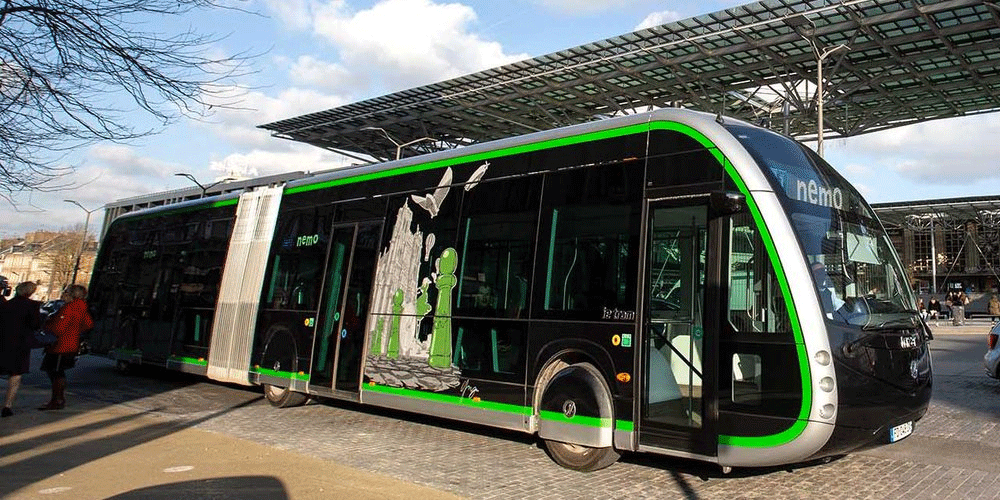
With regards to energy transition, which peculiarities and trends are you observing in the different regions Keolis is operating?
«As we are seeing at UITP Summit, the trend is universal. Here in Stockholm you nearly don’t see any diesel bus. The future will be more fossil free. Battery electric buses are clearly on the rise. But we have also hydrogen projects, for examples the fuel cell-BRT in Pau (south of France), and we are stating to see hydrogen trains too.
In the US, at the city level the concern on climate warming is stronger than at federal level. At city level you see initiatives that push for electric buses. Are they sufficiently funded from federal government? Not as in Europe. But the transition will gain strenght».
This UITP exhibition indeed showed a sort of relaunch of hydrogen vehicles, that had gained a lot of attention from ten to five years ago, before the efforts of the manufacturers shifted to battery electric buses…
«What I observe is that I haven’t seen any silver bullet anywhere. Lifespan and disposal of batteries, financing of ebuses, charging typology, training of drivers and mechanics, maintenance… all these remain key issues for everyone, both for manufacturer and for operators. China is really advanced on electric bus fleets, but in other countries we are going to use fossil fuels for still a long time, like biogas etc».
When you think that big volumes of electric buses sales in Europe will come?
«What I see is the acceleration and the fact that we have to be ready to come up with solutions for the transit agencies we work with. Luckily for us, we already operate electric buses in Europe and in North America».
How is Keolis changing, in terms of organization and skills, to get ready for the challenge of operating electric buses?
«We have a strong centre of excellence for buses that serves all countries. It based in Lyon, a city that has a strong tradition of electric mobility. We have been operating 100 trolleybuses in Lyon for years. We have a strong group of engineers and specialists who work with manufacturers in order to know what is required to deploy the systems. What we observe is that ebuses are a system. There is a whole system that involves the grid, the charging, the type of operations, the maintenance. It’s not just a vehicle that you throw in a fleet, it’s a system you have to think of. Everything should be planned. There are strong analogies with metros, trams and trains system. Yesterday you could just deploy ten buses with a frequency of 10 minutes and you had a line. You can’t to this with ebuses. It is good because it brings structure and ‘force’ public transport operators and PTAs to think ahead».
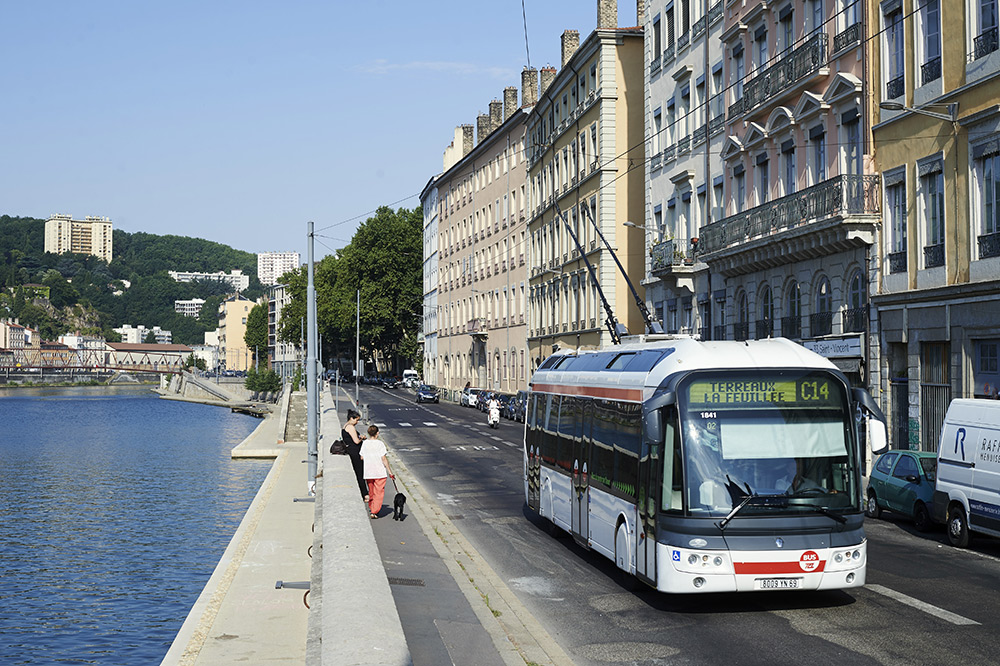
Sustainability is a quite wide concept and it could be reductive to link it only to the topic of energy transition. Which are the other tools that Keolis is adopting to make public transport more sustainable and or user friendly?
«A big development is on-demand transport. The develoment of mobile applications that aggregate and combine trips, allowing also to book and pay them, could give people the option of getting rid of the second car or even the first car, mostly in the remote area that are not well served by public transport. Such applications could allow this areas to be linked with areas that are heavily served by public transport. This bring us to go back to the idea of shared mobility: it’s the idea that people should have different options, have freedom of choice. Yesterday public transport was a curse, tomorrow it will be a choice, because you can walk, or take a scooter, or a bus, depending on the weather, on the time of the day…
The world is changing, and commuting is becoming something different…
«The studies of Keoscopie, our observatory of mobility trends, show that traditional commuting, five days a week 9 am to 5 am, is over. People work from office on one day and from home another day, they travel around. Flexibility is what we want to be able to provide. Digital solutions are a great way to start treating passengers like individuals. Mobility as a service (MaaS) will be a good way for authorities to offer a wide range of options. Autonomous vehicles will offer another options for 24/7 services».
Are you working also with big data analysts?
«In Dijon we have an interesting experience. In order to become a smart city, they created an operation centre from which they manage lighting, waste, water, energy, transport. We operate for them buses, trams, bicycles, but also car parking. They use the data from all the services, they put them together and generate strategies».
Are all these challenges leading to a concentration of services in the hands of a few public transport companies?
«What is clear is that there is a value associated with size. We are lucky to be operating in many cities. It helps. Large public transport operators have something to bring. They face the same challenges as everyone else: pressure on costs, digitalization and so on. But good news: demography, mobility and urbanization are key driving forces and are feeding the growth of our business».
